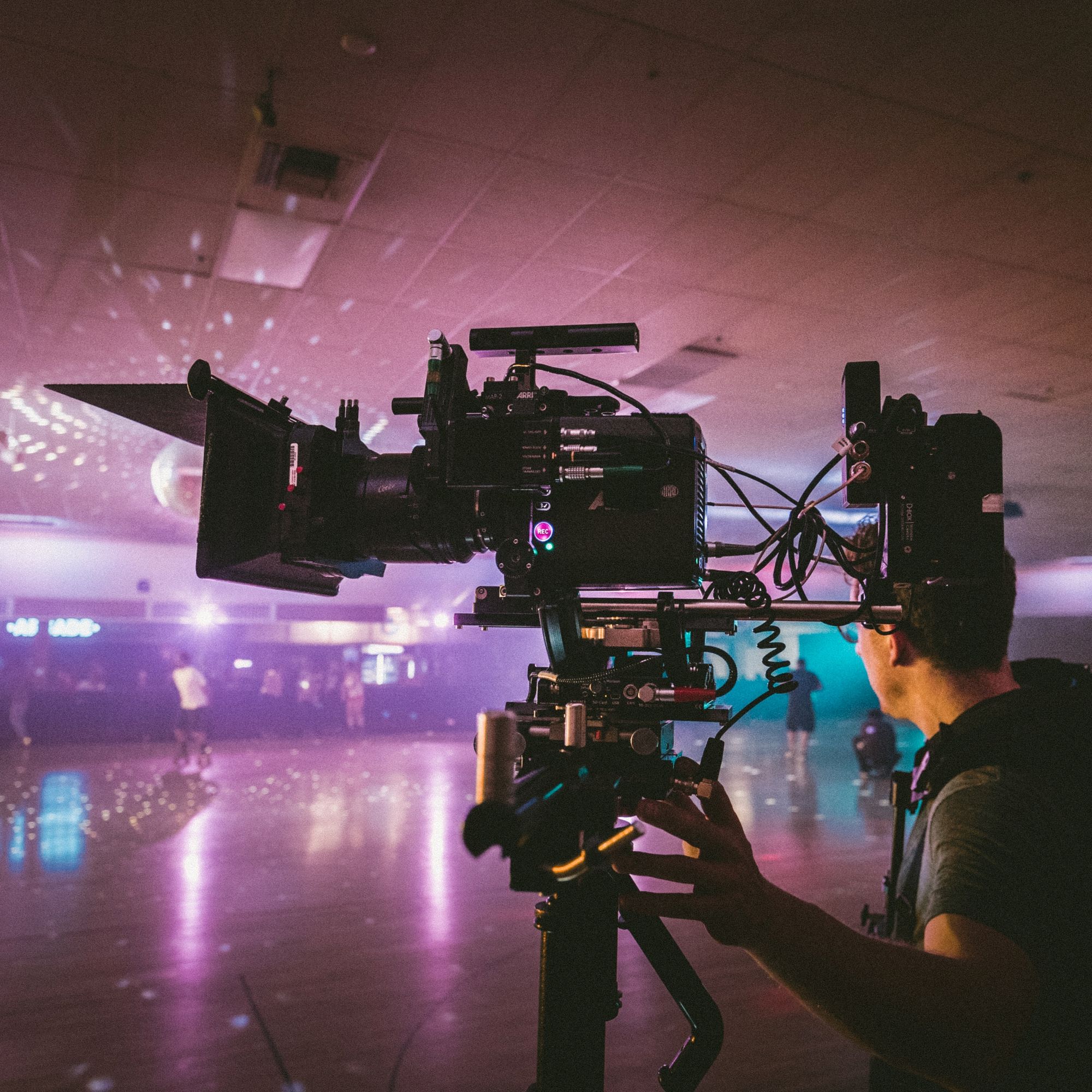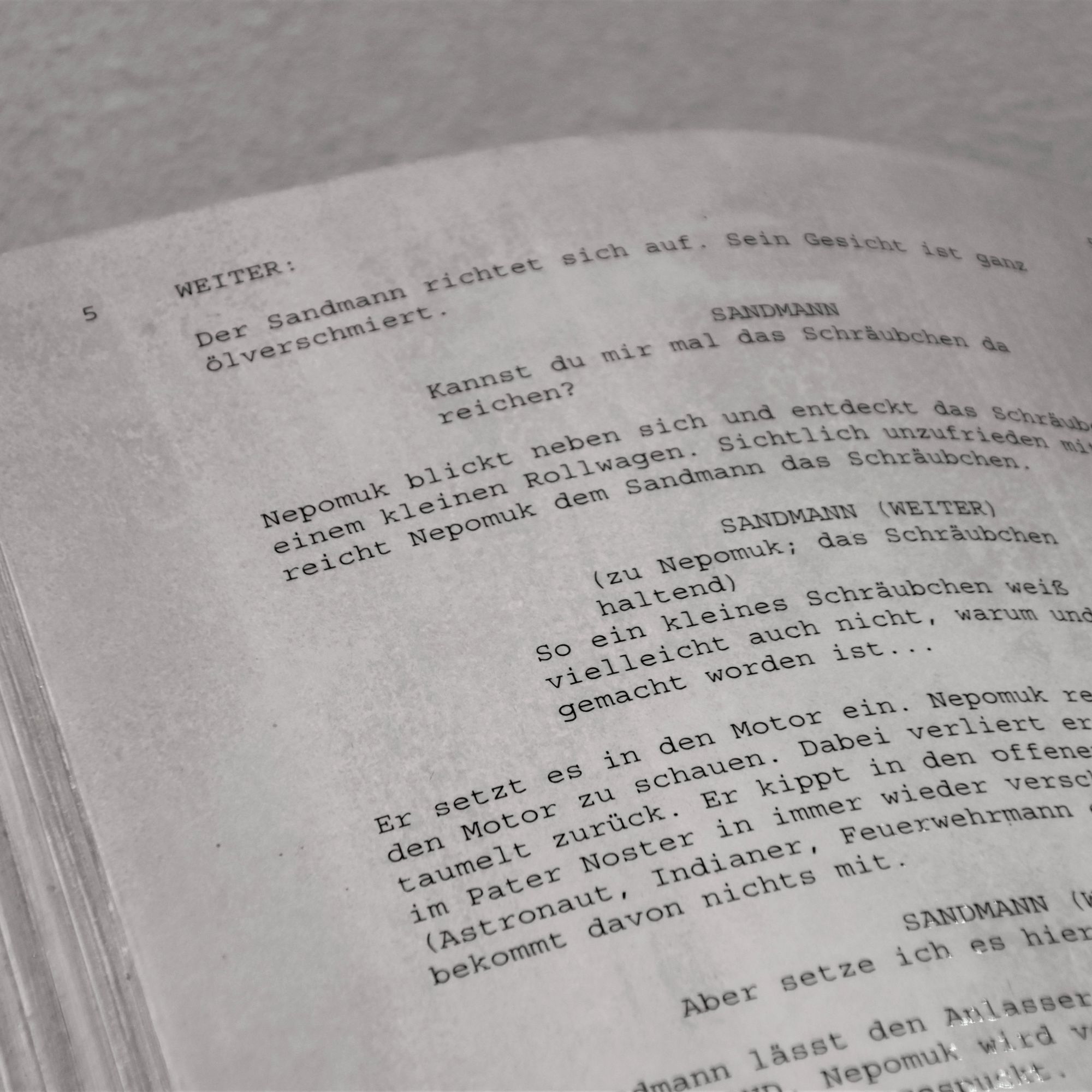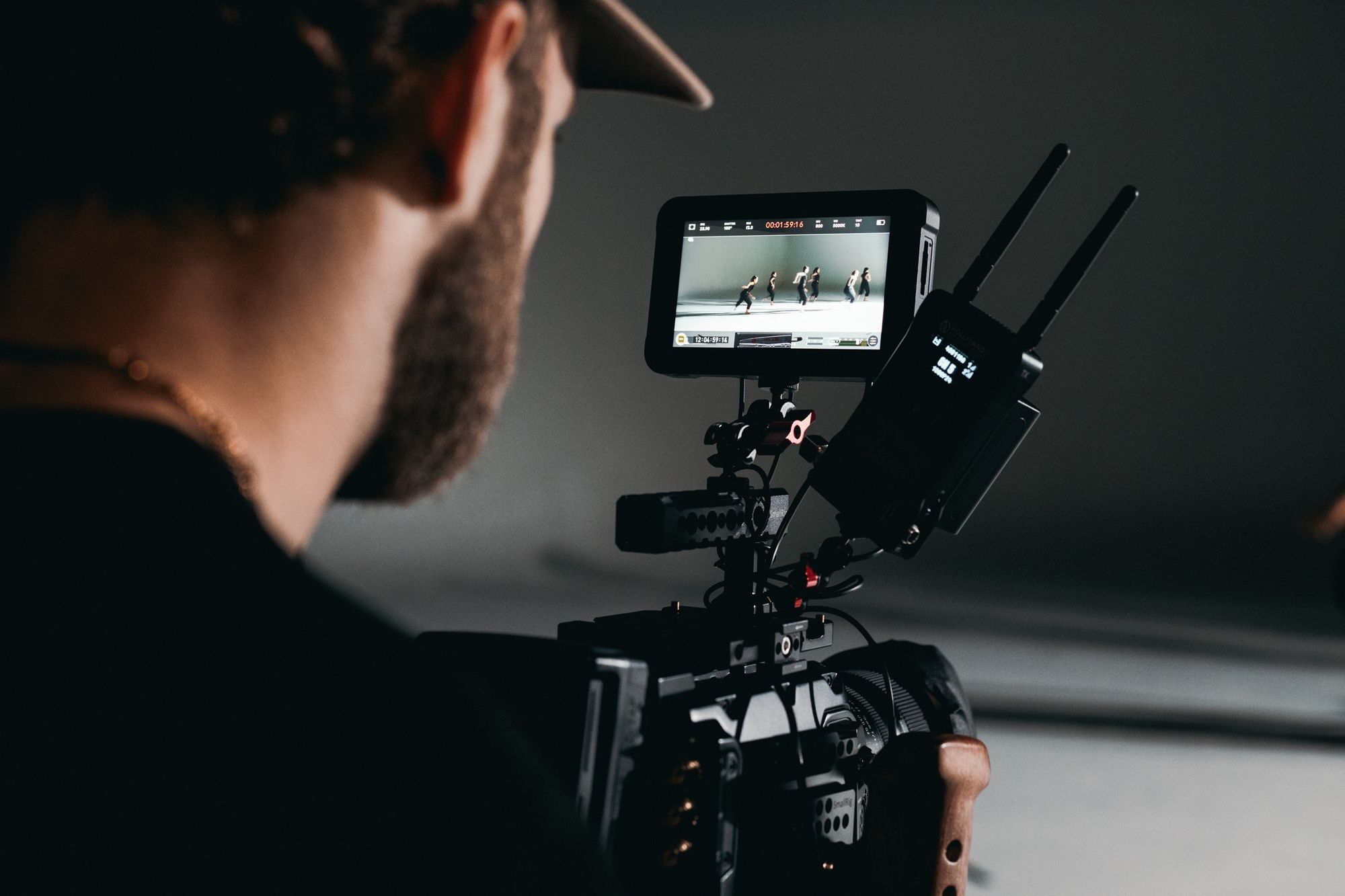10 Essential Steps to Create Your First Short Film
Rent film gear from local filmmakers.

Rent film gear from local filmmakers.
Have you been wondering how to make a short film? Don't worry because we're here to help you through the process of making your first.
In this article, you will learn what a short film is, how long your screenplay should be, and a 10-step guide on how to make a short film.
Short Films 101: How To Make a Short Film by Connor Curlewis | Wedio
Have you been wondering how to make a short film? Don't worry because we're here to help you through the process of making your first with Connor Curlewis 🤩
Trailer
FmS-hYs59oE
Intro
1
fd79CppC3Hg
What is a short film
34
Types of short film
88
How to make a short film
152
How to write a script
659
A-roll & b-roll
877
Camera gear
1002
Editing a short film
1459
Tips & tricks
2210
Inspiration
2467
Ending
2484
Meet Connor
EfgMjsqZv8c
What you’ll learn
Short film is 5-20 minutes long and is not a scene in a feature film.
If you're keeping a journal you can use it as an idea for your scripts.
You will go through development, pre-production, production, edit & distribution.
A-roll is the skeleton of the story, and b-roll is those adjectives in the script.
You don't need a great camera but a good microphone is a must.
Communication of your vision to others is the most important.
If you're interested in improving your filmmaking, you're in luck! We have written an article on the basics of filmmaking, where you'll learn everything you need to know.
What is a short film?
A short film is exactly what its name suggests: a short film. The length of a short film rarely reaches over 40 minutes, and that's because you're reaching feature film territory.
The reasons for making short films can vary. Some filmmakers prefer the short format as an expression of their art. Others may want to show their storytelling or filmmaking abilities without breaking the bank. Short films typically have a much smaller budget than feature films.
It even occurs that short films are so good or interesting that they're turned into feature films. This is the case for Saw, District 9, Sin City, and Mama, which were passion projects that gathered enough attention to get a production behind them.
Short films are also very common at film schools due to their relatively low budget and production requirements.
In fact, anyone can go out and make a short film, and you'll be able to as well!

How long should a short screenplay be?
The length of your screenplay depends on how long the short should be. First of all, you have to consider your available resources. If you truly want the short film to come out, but you have a low budget, don't write a screenplay that is 20-30 pages long.
Typically one page of a screenplay translates into 1,25 minutes of the film, meaning around 4 pages if you want a 5-minute film or 8 if you want a 10-minute one. Now there's no one saying it should be exactly 5 or 10 minutes. It could be 7 minutes if that's what fits your story.
Just know that the longer the script, the longer it will take to shoot. That means more money is needed for filming equipment, crew, shooting locations, and so on.
How to make a short film in 10 steps
While there's no easy way to do a short film, there's still a good guideline to follow to make it easier for you.
We've made a simple-to-follow guide of 10 steps to make a short film. So strap in, and you'll be ready to shoot in no time.
1. Brainstorm your concept
If you don't have an idea, the first thing you should do is brainstorm. Brainstorm, brainstorm, brainstorm. Yes, it can be difficult, and it probably will be. But it is a really great way to outline every idea you have and see what's worth following.
Find a piece of paper or a document, and write down every single idea you can think of, and if you're in a group, try to find an idea that all of you like. Another good idea could be to just go outside, live your life and note down things that you find interesting during the day. Get inspired!
You don't have to have the entire concept ready. Maybe you've just thought of a great way to end a film. Now you just need to find out how to build up to it!
It doesn't have to be a specific event guiding your idea. It could be a feeling or a certain way you want to shoot. Perhaps you've just acquired a drone and want to shoot something cool. Or maybe you've seen an awesome location nearby that looks destined to be the star of your next movie.
2. Outline
Once you've found your idea, it's time to outline it. That means setting the structure for the entire film, with a beginning, middle, and ending. You don't have to write down every event, but try outlining every major event.
It makes it easier to write the script if you note down all of the major events in the story. That way, you always know what is coming next and what you're leading up to.
If you're making the movie in a group, this is a great way for everyone to decide the structure and story. Once you're done outlining, one person typically takes over the story writing process.
3. Write your first draft
Once you're done outlining, you're ready to write your first draft. The first draft is your first attempt at writing the script as you see it. That means you have to write down everything as you would in a normal script.
No story is complete in the first draft. But having the first draft means most of the hard work of writing the script is over. From there on, you just have to discuss and adjust the sections that need change.

4. Finish your script
Once you're done writing the first draft, take some time off from the scriptwriting. A break will give you fresh eyes to see and evaluate things you wouldn't have if you'd gone into the adjustments straight away.
You could also consider letting your friends or family read through the script and give you notes. Once you've read through your script a few times, it's time to make adjustments.
You can see it as the same process a sculptor goes through. Little by little, you're chipping away the hard rock to create a solid structure. Once you've made all of the adjustments you need, you should be sitting with your finished script in hand!
5. Rent filming equipment
When making a short film, you have to understand that it more than likely won't make you any, or at least that much money. One way to keep your budget low is to rent filming equipment for the days that you need it. In this way, you can use professional equipment for a fraction of the retail price.
Where do you go for reliable film renting services?
Maybe you have a friend who can lend you some gear. Or perhaps you're in film school, and they'll more than likely have some gear available. If not, you could always go to Wedio. Here you can rent or subscribe to all of the camera, lighting, and audio equipment you need for your project!
6. Hire crew and cast
Now it's time to hire the cast and crew for your movie. If you want it done right, you should really consider hiring some specialists in each area. Yes, it gets a bit more expensive to hire a gaffer, sound engineer, and cinematographer when you can just get someone who can do a little bit of both.
But trust me, no one is an expert at everything, and you might end up with poor audio recordings or inadequate lighting. If you're not an expert in the area, consider reaching out to people who are and use some of the money you saved by renting equipment to hire a good crew.
You also need some actors to fill out your roles and don't hesitate to be critical. It's hard to make a good film if the cast doesn't fit or the acting is just plain bad. Consider looking in local groups on social media, at local theaters, or at universities/schools. You'll more than likely find some up-and-coming actors who will work with you for a small amount.
Now that's not saying that you should underpay your cast or crew. But you're typically working on a low budget when making short films. And everyone involved knows this.

7. Scout location and keep it to a minimum
The next step is to go location scouting. You want to find a place that is accessible with your equipment, legal for you to shoot, and fits your script. If you need permission to shoot at a specific location, you'll need a location release form. It's a document that acts as a legal agreement between you and the property owners.
Remember not to go overboard with your locations. Try to keep it to a minimum. You have to remember that more time and resources are spent traveling and moving things around for every location in your film. Typically you'll only have 1 or 2 locations in a short film, depending on the length and budget.
8. Plan your shoot
Now it's time to plan your shoot. The better you plan it, the more efficient your shoot will get. A great way to plan your time on set is to use a shooting schedule. A shooting schedule will help you plan chunks of time for each scene.
You can then assign different cast and crews to the time slot, so you won't have your cast waiting around for 5 hours on set with nothing to do.
Once you've planned your shoot, you are ready to start rolling the cameras!
9. Edit your footage
Once you're done filming, it's time to edit your footage. It's vital to be aware of the sound effects, colorization, audio, brightness, and credits. It's also vital that you have permission to use the music you need.
We've also made an extensive guide on film editing if you're not comfortable with your skillset!

10. Review and final cut
Before you start rendering, review the film, and have your friends and family help you look for any mistakes that might be in there. It's always good to have an extra set of eyes on the film. You've probably stared at it for long enough yourself.
Once you're done it's time to render the film, and then you're off to distributing and sharing it to the platforms of your liking.
Don't forget to celebrate your hard work with a nice dinner!

Next Up: Learn more about filmmaking
This is the end of the article, and I hope you're leaving with newfound optimism about your venture into short films.
If you're not entirely sure about your filmmaking abilities, you can read our article on the basics of filmmaking. Here you'll learn everything you need to know about filmmaking!
About the instructor
Connor Curlewis
Filmmaker
New Zealand
Connor is a filmmaker, videographer, producer, and director and has been telling stories since he was a kid.
FAQs
How to make a short film?
You can follow these 10 steps on how to make a short film:
1. Brainstorm your concept
2. Outline
3. Write your first draft
4. Finish your script
5. Rent filming equipment
6. Hire crew and cast
7. Scout location and keep it to a minimum
8. Plan your shoot
9. Edit your footage
10. Review and final cut
How to make an animated short film?
You can follow these 8 steps on how to make an animated short film:
1. Brainstorm your concept
2. Create your characters
3. Outline your world
4. Design the backgrounds
5. Design the animations
6. Hire voice actors
7. Edit your footage
8. Review and final cut























